Direct-Global Separation Results |
Here, we show several examples of our separation results. In each case, we mention the separation method we have used. In all cases, the scene image is the sum of the computed direct and global images. However, to bring out the details, for some of the scenes we have brightened the direct and global images by a scale factor (between 1 and 2) with respect to the scene image. By clicking on each of the thumbnail images shown below, you can see the corresponding high resolution image.
(Back to Main Project Page) |
| Diffuse V-Grooves : Concave and Convex |
Method : Checkerboard
|
|
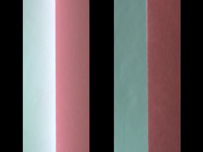 .
Scene
.
Scene |
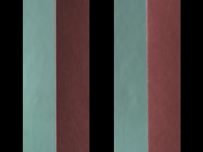 .
Direct
.
Direct |
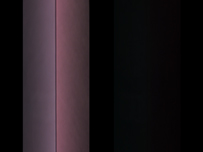 .
Global
.
Global |
| This scene includes two identical V-grooves, except that the left one is concave and the right one is convex. The two sides of each groove are made of matte paper (white on left side and pink on the right). As expected, the convex groove has no global illumination while the concave one has a strong global component due to diffuse interreflections that increase toward the edge of the groove. The interreflections cause the color of one side to "bleed" into the other. Several studies have been conducted in psychophysics that show that interreflections play an important role in the perception of shape and color. |
| |
|
|
| Mirror Ball : Failure Case |
Method : Checkerboard
|
|
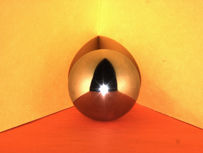 .
Scene
.
Scene |
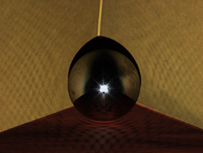 .
Direct
.
Direct |
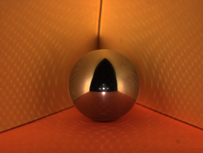 .
Global
.
Global |
| This scene with a mirror sphere surrounded by three diffuse walls violates the assumption that the global component received by scene points is smooth compared to the high frequency illumination. As a result, we see a regular pattern (artifacts) due to over-estimation of the global component and under-estimation of the direct component. Looking at it in a different way, at each of these corrupted pixels there is no longer a single significant scattering event but rather two or more. Also note the checker-like pattern that appears on the mirror sphere itself in the direct and global images. |
| |
|
|
| |
|





